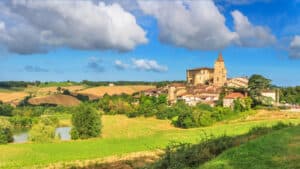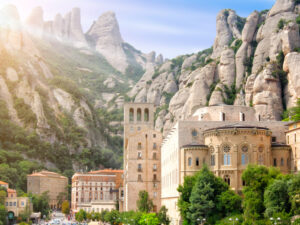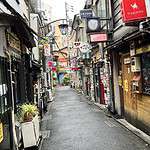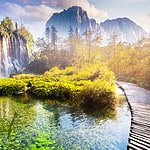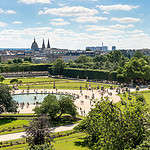Welcome to the ultimate travel guide for exploring Pantanal in Brazil! This awe-inspiring region, teeming with wildlife and natural beauty, offers an unforgettable adventure for every traveler. In this guide, we’ll address all your burning questions, from the best time of year to visit, to essential packing tips, and even how to navigate this vast wetland. Get ready to embark on the trip of a lifetime!
Contents
About the Pantanal
The Pantanal, an expansive wetland area, stands as the largest tropical wetland in the world. You can find it spreading across Brazil, Bolivia, and Paraguay, with Brazil hosting most of the region. Its size, approximately 140,000 square miles, attracts wildlife enthusiasts and eco-tourists from around the globe.
As a UNESCO World Heritage site, the Pantanal boasts a wealth of biodiversity. It is famous for its rich variety of plants and animals. Among the many species that call this place home, you will find jaguars, capybaras, caimans, and countless bird species. The Pantanal’s natural beauty and thriving ecosystems make it a truly unique and captivating destination.

Top 10 Must-See Attractions
- Jaguar Spotting: Join guided boat tours to search for the majestic jaguar, a symbol of the Pantanal’s thriving wildlife.
- Cuiabá River: Discover the picturesque Cuiabá River by canoe or boat, watching diverse wildlife along its scenic banks.
- Meeting of the Waters State Park: Marvel at the breathtaking sight where two rivers meet, creating a habitat for numerous birds and aquatic species.
- Transpantaneira Road: Adventure along this 90-mile dirt road, crossing over 120 wooden bridges and encountering a variety of animals throughout the journey.
- Horseback Riding: Immerse yourself in the Pantanal’s landscapes and wildlife with a traditional horseback riding tour, bringing you closer to nature.
- Piranha Fishing: Hone your fishing skills on a guided piranha fishing trip, and savor the thrill of catching your own meal.
- Birdwatching: With more than 650 bird species, the Pantanal is a haven for bird lovers. Visit observation towers to optimize your birdwatching experience.
- Porto Jofre: This remote location provides exceptional opportunities to spot wildlife, particularly jaguars and giant otters.
- Pousada Araras Eco Lodge: Stay at this sustainable lodge, which features canopy towers, birdwatching trails, and cozy accommodations.
- Pantanal Wildlife Center: Learn about the region’s extraordinary biodiversity and conservation efforts at this renowned research and preservation facility.
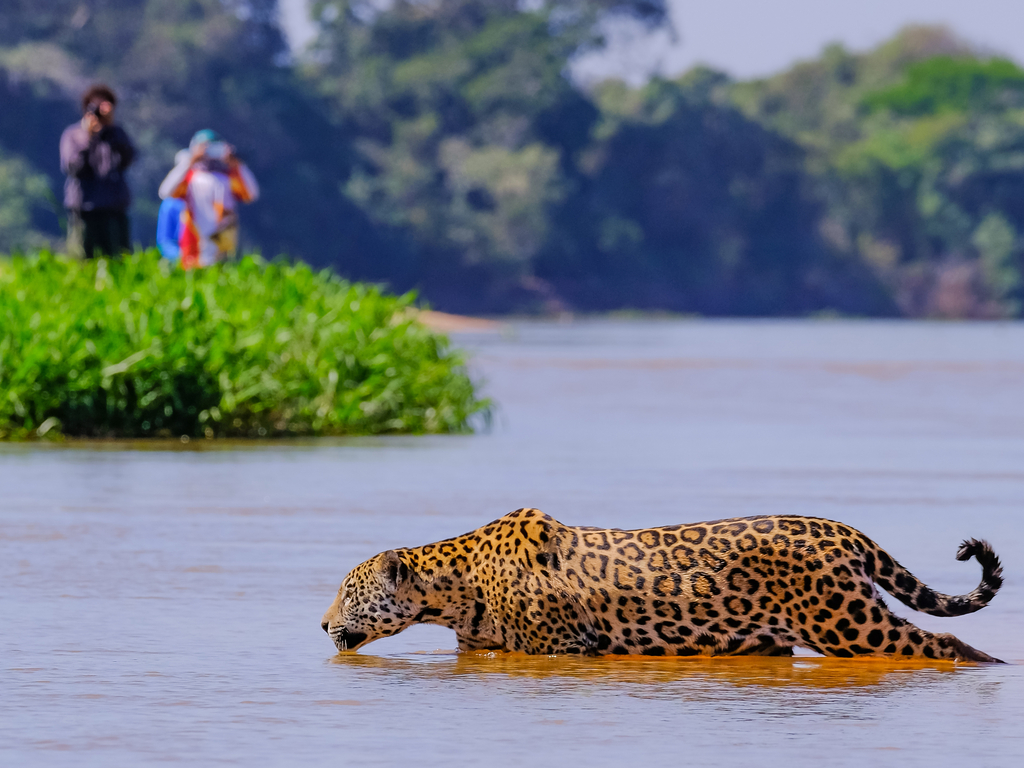
Best Time to Visit Pantanal in Brazil
When planning a trip to the Pantanal in Brazil, it’s important to consider the wildlife you want to see. The region experiences two primary seasons: dry and wet. Each season offers distinct wildlife viewing opportunities.
The dry season occurs between May and September. During this time, you’ll find animals gathering around the limited water sources. As a result, spotting various species becomes easier, making the dry season ideal for wildlife enthusiasts.
On the other hand, the wet season takes place from October to April. During these months, the Pantanal transforms into a lush, green paradise. Migratory birds flock to the area, creating an unforgettable experience for birdwatchers.
| Activity | Season | Best Time of Year |
|---|---|---|
| Wildlife Viewing | Dry season | May to September |
| Birdwatching | Wet season | October to April |
| Adventure Activities | Dry season | May to September |
| Photography | Both dry and wet seasons, Transition months | Transition months April, October |
| Fishing | Dry season | November |
| Plant Life Observation | Wet season | October to April |
The best time to visit the Brazilian Pantanal depends on your preferred activities. For example, wildlife enthusiasts should visit during the dry season, which spans from May to September. Meanwhile, birdwatchers will enjoy the wet season, occurring from October to April, as migratory birds arrive in the region. Adventure activities such as hiking and horseback riding are best enjoyed during the dry season, while plant life observation is more suited to the wet season. Ultimately, the ideal time for your visit will depend on your specific interests and priorities.
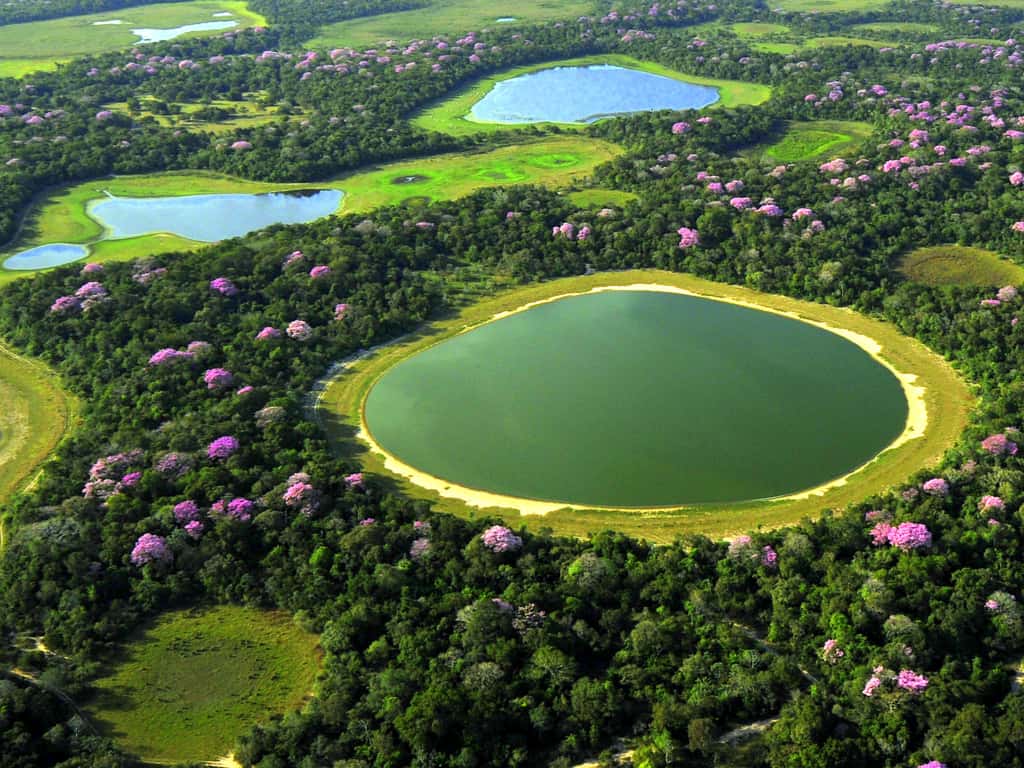
Eco-friendly travel tips
Exploring the Brazilian Pantanal with an eco-friendly approach is essential for preserving its delicate ecosystem. One way to minimize your environmental impact is to choose accommodations that prioritize sustainability. Look for lodges with green practices, such as waste reduction and conservation initiatives.
Supporting local businesses is another important aspect of eco-friendly travel. Purchase souvenirs made by local artisans and hire local guides to ensure your trip benefits the community. Avoid using single-use plastics by bringing reusable items like water bottles, bags, and utensils.
When venturing into the Pantanal, always stay on established trails to protect fragile habitats. Maintain a safe distance from wildlife, and never feed them, as this can disrupt their natural behaviors. Opt for small group tours, which often provide a more personalized experience and reduce the overall impact on the environment and local communities. By following these eco-friendly travel tips, you’ll help preserve the Pantanal for future generations to enjoy.
Essential Packing List
To make the most of your trip, it’s crucial to pack wisely, ensuring you have everything you need while minimizing your environmental impact. In this essential packing list, we’ll guide you through what to bring and what to leave behind for a memorable Pantanal adventure.
Essential Packing List
- Lightweight clothing: Pack clothes in neutral colors that dry quickly, providing comfort in the region’s humid climate.
- Waterproof gear: Bring a waterproof jacket and pants to protect yourself during unexpected rain showers.
- Sturdy footwear: Choose closed-toe shoes or boots that offer support and durability for walking and exploring.
- Sun protection: Pack a wide-brimmed hat and sunglasses to shield yourself from the sun’s strong rays.
- Sunscreen and insect repellent: Protect your skin from sunburn and insect bites by applying sunscreen and repellent regularly.
- Reusable water bottle: Stay hydrated with a refillable water bottle, reducing plastic waste in the process.
- Dry bag: Keep electronics and valuable items safe from water damage with a waterproof dry bag.
- Camera equipment: Bring a camera, extra batteries, and memory cards to capture the Pantanal’s unforgettable moments.
- Binoculars: Enhance your wildlife viewing experience by packing a pair of binoculars for close-up observation.
- Small daypack: Carry a lightweight daypack to store essential items during daily excursions and activities.
With this essential packing list, you’ll be well-prepared for your Pantanal adventure. Remember to pack smart, prioritizing lightweight, durable, and eco-friendly items that will enhance your experience without harming the environment. By doing so, you’ll be ready to fully immerse yourself in the unique beauty and wonder of the Pantanal.
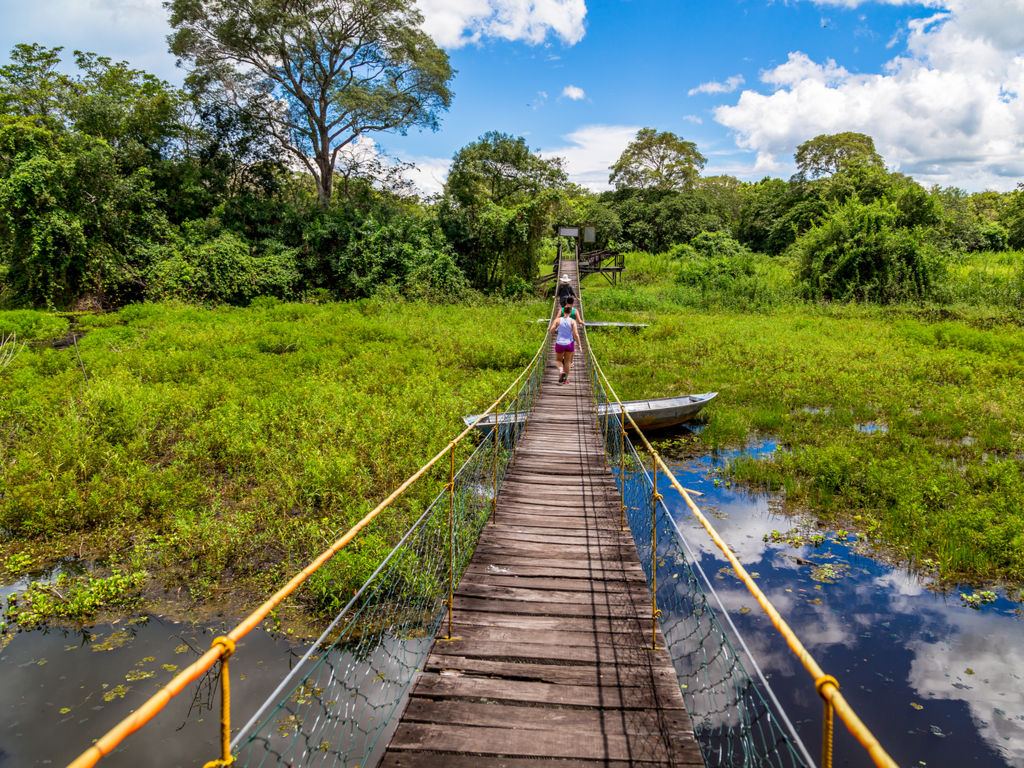
Typical Costs for Travelling Pantal
Traveling to the Pantanal Brazil can fit various budgets, depending on your preferred accommodations, activities, and dining options. In this guide, we’ll break down the typical costs for budget, mid-range, and luxury travelers, providing you with a clear understanding of what to expect when planning your trip.
Typical Costs
| Budget | Mid-Range | Luxury | |
|---|---|---|---|
| Lodging (per night) | $30 – $50 | $80 – $150 | $250 – $500 |
| Meals (per meal) | $5 – $10 | $15 – $30 | $50 – $100 |
| Tours (per day) | $50 – $100 | $100 – $200 | $300 – $600 |
| Transportation | Public buses, shared transfers | Private transfers, rental cars | Luxury transfers, private flights |
To give you an idea of what to expect, budget travelers can find lodging for as low as $30 per night and enjoy local meals for around $5 – $10. On the other hand, luxury travelers can indulge in upscale accommodations costing between $250 – $500 per night and dine at high-end restaurants for $50 – $100 per meal.
With a clear understanding of the typical costs associated with traveling to the Pantanal, you can now create a budget that aligns with your preferences and priorities. Whether you’re seeking a cost-effective adventure or a luxurious getaway, the Pantanal offers a range of options to suit every traveler. By planning ahead and considering the various costs, you can ensure an unforgettable experience that matches your desired level of comfort and style.
How to get to the Pantanal
Getting to the Pantanal involves several steps, as it is a remote region in Brazil. Your journey will begin with a flight to one of Brazil’s major cities, such as São Paulo or Rio de Janeiro. From there, you’ll catch a domestic flight to a smaller city closer to the Pantanal, such as Cuiabá or Campo Grande.
Upon arrival at your chosen city, you’ll have various transportation options to reach the Pantanal. Many travelers opt for organized tours that include transfers from the airport to their lodgings. If you prefer a more independent approach, consider renting a car or using local buses to reach the region. Keep in mind that driving in the Pantanal can be challenging, especially during the wet season, when some roads may become impassable.
Whichever mode of transportation you choose, ensure you have a detailed map or GPS device to help you navigate the area. With careful planning and consideration, you’ll be well on your way to experiencing the Pantanal’s unique beauty and wildlife.
Where to Stay
Choosing the right place to stay in the Pantanal can greatly enhance your experience. A variety of options are available, ranging from budget-friendly guesthouses to luxurious eco-lodges. When selecting accommodations, consider factors such as location, amenities, and sustainability practices.
For travelers seeking an immersive wildlife experience, eco-lodges situated within the Pantanal itself are an excellent choice. These lodges often offer guided tours and activities led by knowledgeable local guides. Additionally, eco-lodges tend to prioritize environmental conservation, ensuring your stay aligns with responsible tourism practices.
If you’re on a budget, guesthouses and small hotels in nearby towns like Cuiabá or Campo Grande can provide more affordable options. While staying in these towns requires additional travel to access the Pantanal, they offer a range of services and amenities at lower price points.
| Staying Options (per night) | Budget | Mid-Range | Luxury |
|---|---|---|---|
| Guesthouses/Hostels | $15 – $30 | n.a. | n.a. |
| Small Hotels | n.a. | $50 – $100 | n.a. |
| Eco-Lodges | n.a. | n.a. | $200 – $500 |
| Homestays | $10 – $20 | n.a. | n.a. |
| Ranch-style Accommodations | n.a. | $70 – $150 | $250 – $400 |
When booking your accommodations, research online reviews and recommendations to find a place that suits your preferences and needs. Whether you opt for a simple guesthouse or a luxurious eco-lodge, choosing the right place to stay will contribute to a memorable Pantanal adventure
How to Stay Safe
Staying safe during your Pantanal Brazil adventure is essential to ensure a memorable and enjoyable experience. One important aspect of safety is protecting yourself from the sun, which can be intense in the region. Wear a wide-brimmed hat, sunglasses, and sunscreen to minimize sunburn risks.
Hydration is another crucial consideration. Drink plenty of water throughout the day, especially when engaging in outdoor activities. Carry a reusable water bottle and refill it regularly to maintain proper hydration levels.
Insect bites can pose health risks in the Pantanal, so apply insect repellent regularly to deter mosquitoes and other biting insects. Covering your skin with long-sleeved shirts and pants can also help keep insects at bay.
When exploring the Pantanal, it’s essential to follow guidelines provided by your guide or local experts, especially when it comes to observing wildlife. Maintain a safe distance from animals, and never attempt to touch or feed them.
Lastly, be prepared for emergencies by carrying a basic first aid kit and knowing the contact information for local emergency services. By following these safety tips, you’ll be well-prepared to enjoy your Pantanal adventure with peace of mind.


